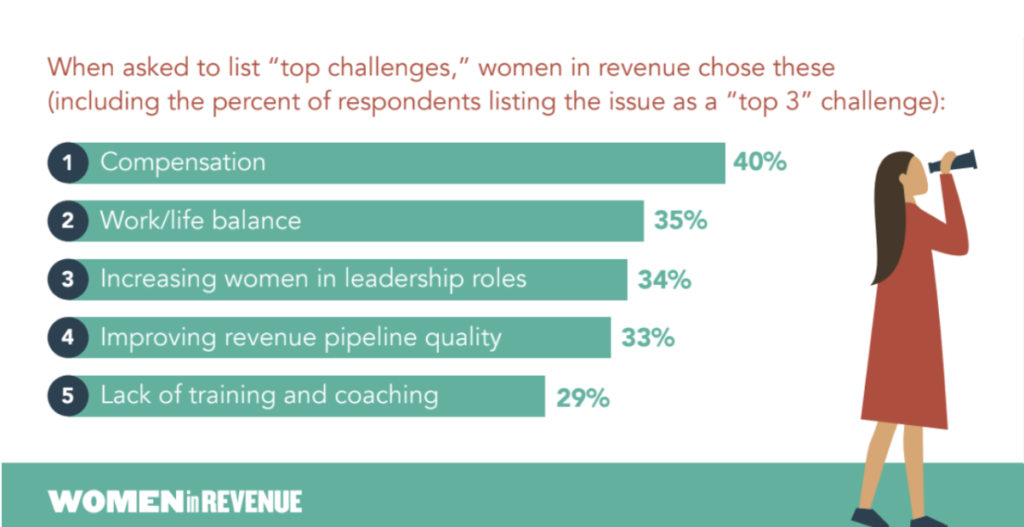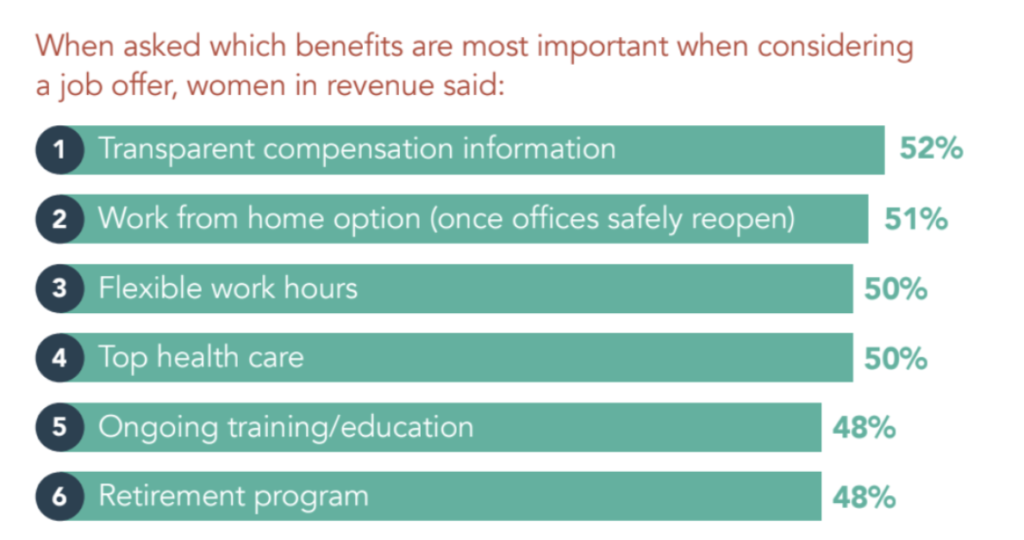
Written by Jennifer Tomlinson
WECAN Member | EVP Marketing, QorusDocs
WECAN Network Member, Jennifer Tomlinson serves as Executive VP of Marketing for QorusDocs,where she works to identify market needs and help clients generate revenue more effectively and efficiently. Jennifer has experience working across large Fortune 100 enterprise companies as well as smaller startups in the small/medium space, focused on leading teams to successful, scalable strategies across B2B direct marketing as well as B2B channel marketing scenarios. Her passion areas include revenue-focused marketing, channel marketing, channel partnerships and customer experience.
A lot of positive progress toward closing the gender equity gap is being made in the technology industry and I have been thrilled to be a part of it during my over 20 year career. Women now account for 70% of the QorusDocs leadership team at our U.S. headquarters and 60% of our global team — of which I serve as EVP of Marketing. QorusDocs also has a female CTO in its ranks, a rare position held by a women (only 5% of CTOs in the top 1000 US companies are women, according to the National Center for Women & Information Technology).
The gender pay gap and underrepresentation in the workplace remains a major stumbling block in promoting gender equity in the workplace. Research shows that gender pay gap improvement slowed during the pandemic, and that the pay gap is worse for minority women and women over 45.
According to a March 2022 survey by Women in Revenue, women responded that the top challenge for 2022 is compensation. Half of respondents also said that transparent compensation information is the most important consideration when evaluating a job offer. Even more interesting, when asked if women’s pay was equitable to men, 41% reported that they did NOT know.
[Women in Revenue received responses from 2,396 women on how companies could improve when it comes to recruiting, promotions, salary increases and opportunities. Click here to download their report.]

A study by Bloomberg economists found that 58.4 percent of women are in the workforce, compared to 92% of men. The research also shows that if women were better able to participate and had access to flexible work arrangements (option to work from home, flexible schedule, child care, limited travel) as much as $20 trillion could be added to the global economy by 2050. Click here to read more about this Bloomberg research.
The Payscale 2022 Gender Pay Gap report noted that women earn less because they are more likely to leave the workforce as a result of social expectations placed on them as mothers and caretakers, heightened by the pandemic. But if efforts are continued to be made, the gap could close by 2029.
What is holding back progress?
According to the Women in Revenue study, more than half of women in executive roles who responded said that they considered quitting their jobs in 2021. In the technology industry, over 15% of women in revenue did quit in 2021. Many of those women reported having felt undervalued and moved to other jobs that increased their salary and their opportunity for career growth.

What we can do about it…
Organizations like Women in Revenue, Women in Cloud, Athena Alliance and WECAN are playing an important role in tackling this issue, providing a network and community that women in technology can lean into as they navigate the workplace and climb through the ranks.
Leveraging the power of a group, it is able to sponsor and aid both the personal and professional development of its members more effectively than one individual would.
The importance of organizations like WECAN is underscored by the fact that out of the 16 million jobs in the global technology sector, only 4 million are women.
Male allies can be a powerful partner in the mission to improve gender equity in the technology sector. Male allies can champion their female colleagues and recognize that gender pay equity helps to create an inclusive work environment, allowing them to better relate to their customer base, and deliver superior products and services as a team. It is true that teams with greater diversity solve problems better and faster than non-diverse teams.
Those male allies fortunate to be in positions of responsibility and leadership can actively create more opportunities for women. As such, male allies can leverage their power to create an enabling environment that allows women to succeed in the work environment.
In addition, women need to be proactive in reaching out to their male counterparts and sensitizing them on their needs and challenges. They should ensure they create a permission structure that allows men to be active participants in advocating for their welfare and rights.
As my friend Gavriella Schuster, C-Level Microsoft Executive and global thought leader, stated:
“When you have diverse representation, you create a more inclusive environment and enable more people to bring their authentic selves into the workplace. And when people are bringing their best, they perform better and so the whole organization performs better.” Women in Tech: Bridging the Gender Divide
The adoption of clear reporting on diversity and pay equity initiatives can allow for informed decision-making, especially in the selection of strategic partners, such as suppliers.
Besides the moral and ethical appropriateness, it is also good for the bottom-line. Firms that have more female representation in leadership roles are more profitable, more socially responsible and provide better quality consumer experiences.
Women who share the belief that increasing gender equity is an important goal can get involved with organizations such as WECAN, WIT network, Women in Cloud, Women who Code, She codes, mBolden and The National Center for Women & Information Technology (NCWIT) to be part of a collaborative effort aimed at tackling both the systemic and cultural factors that are undermining the achievement of gender equity.
Contact us to find out more about how you can be involved.




